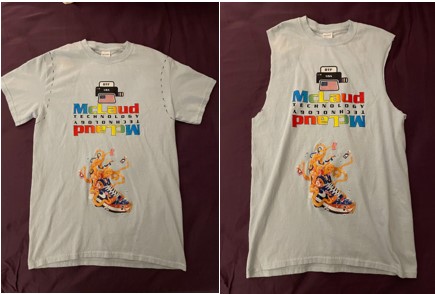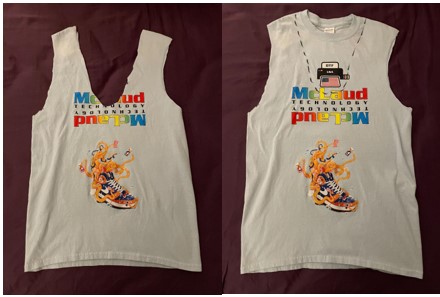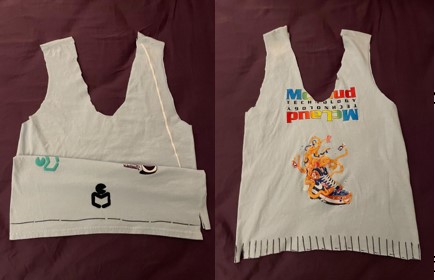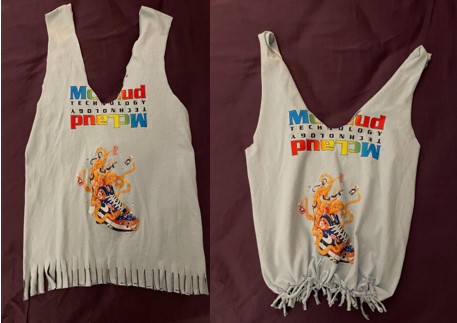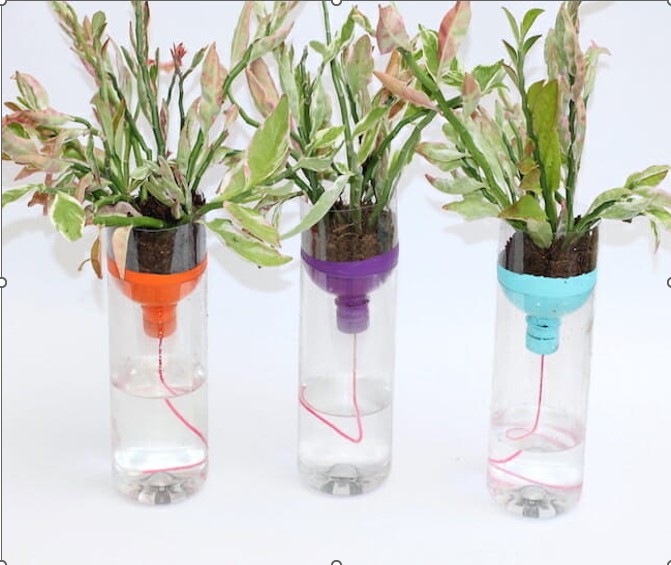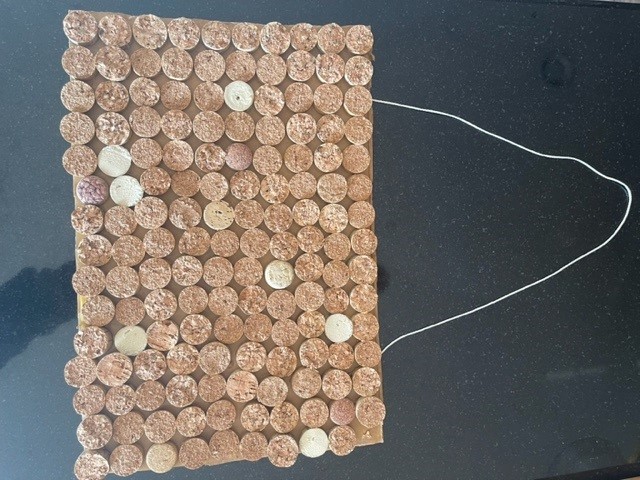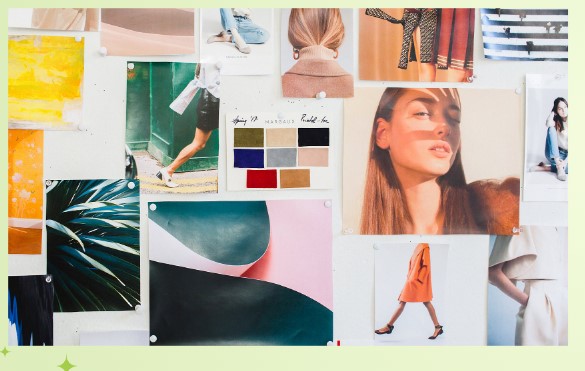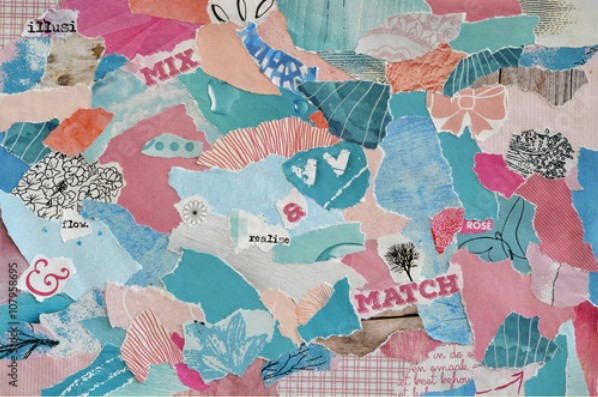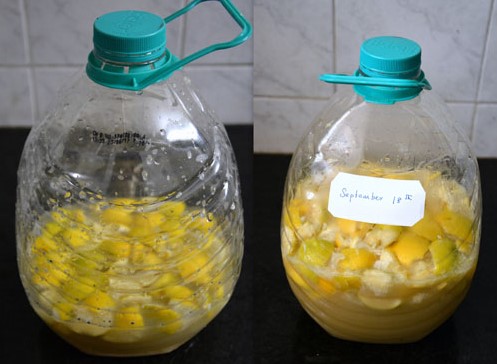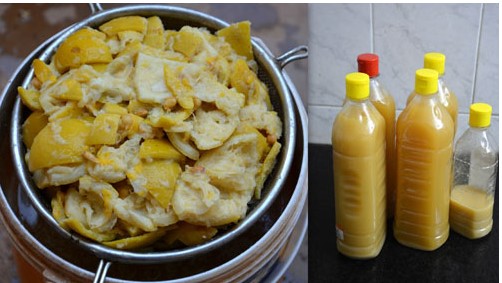Upcycling is a creative and sustainable practice of transforming
or repurposing waste materials or unwanted items into new products of higher
value or quality. Idea is to reduce waste and minimize environmental impact. It
encourages individuals and businesses to find innovative ways to reuse
materials that might otherwise end up in landfills. By upcycling, we can extend
the lifespan of objects and reduce the demand for new resources and
energy-intensive manufacturing processes.
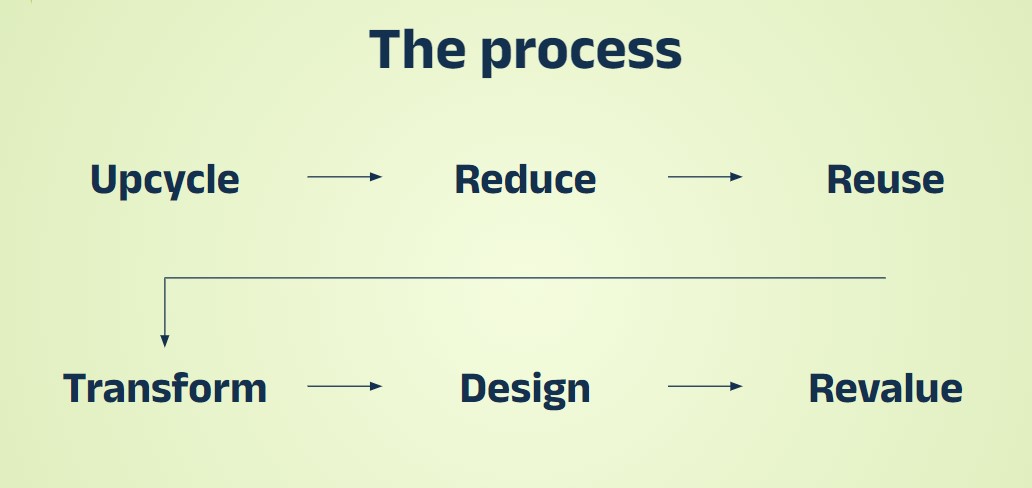
Upcycling can take many forms and can involve a wide range of materials. Some common examples include:
Repurposing: Giving new functionality to an item by using it in a different way. For instance, transforming old wooden pallets into furniture or converting glass bottles into decorative vases.
Upgrading: Enhancing the quality or aesthetics of an item. For example, adding embellishments to a plain shirt, or painting and distressing an old piece of furniture to give it a fresh look.
Combining: Mixing different materials or objects to create something new. This could involve using various scraps of fabric to make a patchwork quilt or constructing artwork from discarded metal pieces.
Refurbishing: Restoring or repairing items to their original condition or improving their functionality. This could involve refurbishing old electronics or vintage furniture.

